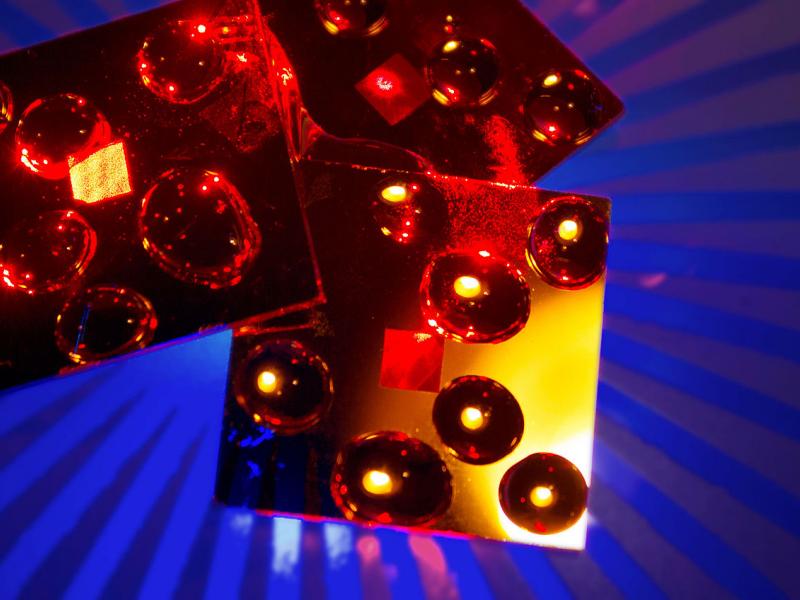SERS sensors for agricultural products

Description of the innovative solution
Surface-enhanced Raman spectroscopy or surface-enhanced Raman scattering (SERS) is a scattering spectroscopy technique. It can be used as an analytical tool to detect chemical and microbial hazards in food and agricultural products. Advantages of using surface-enhanced Raman spectroscopy over other analytical methods is that it is faster as it does not require sample pre-treatment and it has less interference with water. It has been used to successfully in the laboratory to identify food contaminants including farm chemicals such as pesticides, illegal food additives, veterinary drugs, toxins...
Surface-enhanced Raman spectroscopy or surface-enhanced Raman scattering (SERS) is a scattering spectroscopy technique. It can be used as an analytical tool to detect chemical and microbial hazards in food and agricultural products. Advantages of using surface-enhanced Raman spectroscopy over other analytical methods is that it is faster as it does not require sample pre-treatment and it has less interference with water. It has been used to successfully in the laboratory to identify food contaminants including farm chemicals such as pesticides, illegal food additives, veterinary drugs, toxins, and food-borne pathogenic organisms. While it has great potential to improve food safety, it has limitations that need to be overcome before it can be widely used. Surface-enhanced Raman spectroscopy currently has limitations that inhibit real-world application. These include susceptibility to signal interference from other components in the sample, and poor performance in terms of stability and sensitivity. Furthermore, it is also costly to develop Surface-enhanced Raman spectroscopy-active substrates used in the process.
Examples and additional resources
Real-world examples
See this solution in action in different contexts and settings around the world
SERS-based pesticide detection by using nanofinger sensors
Additional resources
Learn more about this solution through studies, articles, business cases, and other information
Review—Surface-Enhanced Raman Scattering Sensors for Food Safety and Environmental Monitoring
Deep Chemometrics
Contacts
Connect to others working on and with this solution around the world
Pathways to uptake
Engage with our “backcasting tool” to imagine and design “pathways to uptake” for this solution in your setting.
This process involves defining a future vision of this solution being used in your context, and then working “backwards” to identify necessary steps to achieve this vision by 2030. Going through this exercise as an individual or with a team can help to clarify the WHAT/WHEN/HOW of moving a solution (or package of solutions) towards having major impact. We hope these pathways will inspire outside-of-the-box thinking, creative approaches, and actionable concrete steps to move ideas into action.
Pathway builder
Explore pathways for this solution
Be the first one and add a pathway for this solution!